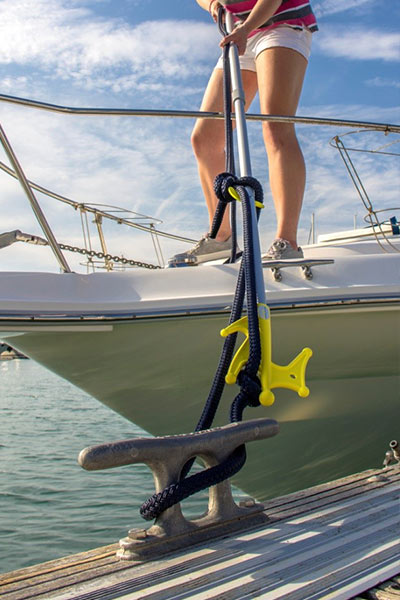

“Right-hand” means that the prop revolves clockwise when the engine is in forward gear, as seen from astern of the boat. Let’s take a look at a single, right-hand propeller since most boats have a single engine and most engines swing right-hand props. Boating MagazineĪ propeller induces a sideways force in addition to linear thrust. Left-hand props are the exact opposite, rotating counterclockwise in forward. Most propellers are right-hand, meaning that, when viewed from astern, they turn clockwise in forward gear. With each “correction,” throttle is increased as the boater cycles between forward and reverse, ending, usually, with a bang and loud language. But there’s that pesky bulkhead again and so it’s back into reverse. Then, in an attempt to correct the prop-torque-induced twisting, the control handle is returned to forward with even more throttle. One of the worst-case scenarios is that of the boater who realizes he has made a too-fast approach and suddenly reverses at high rpm to prevent a crash stop. Using this principle you can learn to pivot and coast and make your boat respond. The boat is still moving slowly, even if the engine is briefly revved. In this context, a “burst” provides enough rpm to create enough force to change the boat’s direction without adding much, if any, forward or reverse motion. It takes practice to identify how much throttle constitutes a “burst” since it will vary by boat and situation. The trick is to apply a burst of power at just the right time and then go back to coasting. In going slowly the sharpest turns can be accomplished since the boat will pivot rather than skid like it does when cruising. During a 100-foot approach to a 10-by-20-foot slip, “feet per second” gives better perspective than “miles per hour.” Boating Magazine But most times, going slowly will serve you best.Ī boat moving at 6 mph advances 8.8 fps a boat slowed to 4 mph moves 5.8 fps. Yes, there are scenarios wherein a lot of throttle is required to dock the boat. That gem is one of the best pieces of boating advice ever given. Never approach a dock faster than you want to hit it. You can let us know how we did, and share your own docking tips, by tweeting with #nocaptcrunch. They are what we consider to be the foundations of docking any boat - going slowly, understanding how your boat reacts to reverse gear, and using wind and current - and our hope is that they will serve as eye-openers for the new boater and as a worthwhile refresher for the seasoned vet.

These are not universal truths guaranteed to get you out of any docking dilemma with grace.

This also makes it hard to write about docking: Where does one start? Tim Barkerįactor in weather conditions, boat type, number of engines, the type of dock, the direction of approach to the dock, the lake’s level, and the height of the tide, and the number of scenarios that boaters might encounter when docking is downright staggering. The more time you can spend at the helm in thoughtful practice, the sooner you’ll find your confidence and competence growing.


 0 kommentar(er)
0 kommentar(er)
